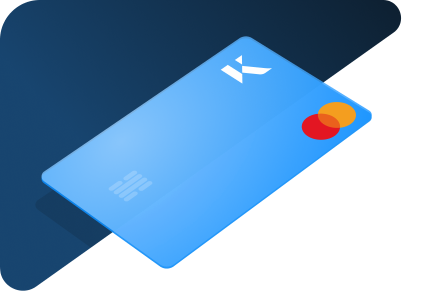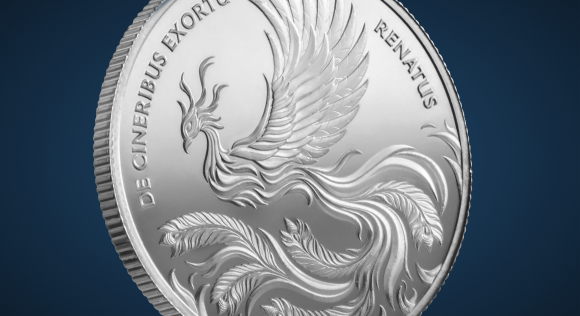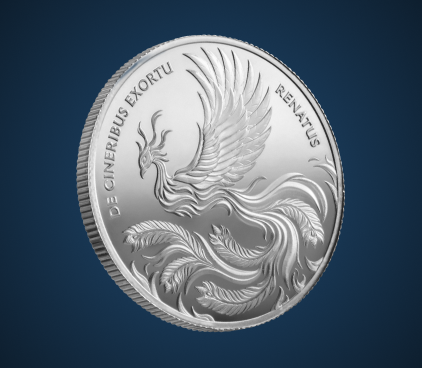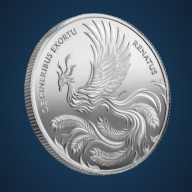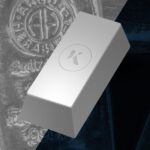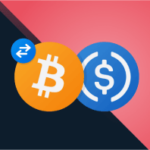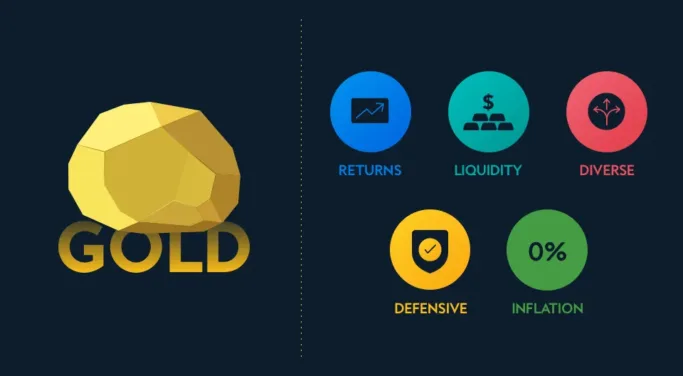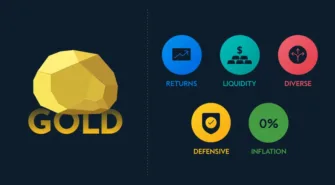In this article, we will consider a number of different ways to invest in gold, helping you decide on how best to meet your investment goals.
From the time of ancient civilization to the modern-day, gold has been a prized commodity. Once gold functioned largely as currency, but today, many investors buy gold as a diversifying asset, or as a hedge against economic uncertainty, political unrest and inflation.
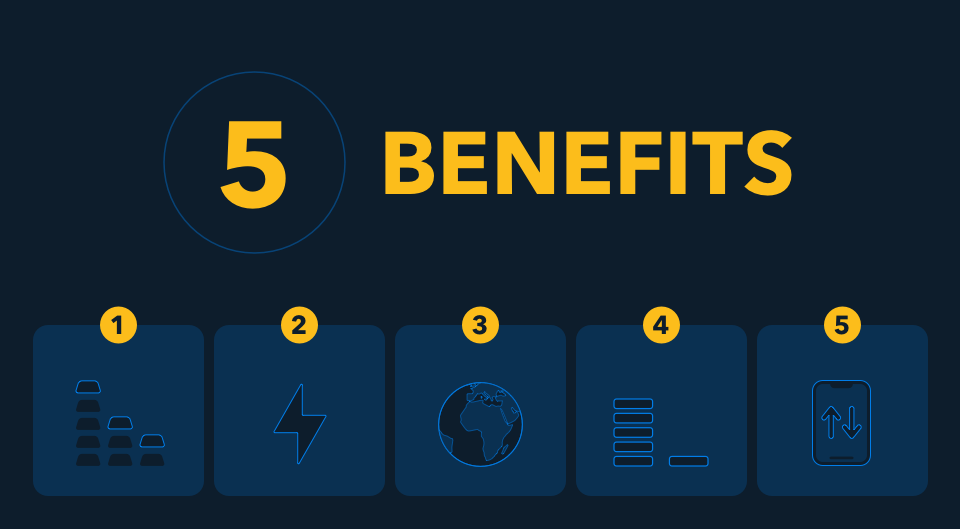
Why do investors choose gold?
Nowadays, you can buy gold in many different forms. These range from physical coins and bullion to exchange-traded funds, derivatives and digital gold. Knowing which type of gold is right for your investment portfolio is key.
Here are just some example of why investors might choose gold investment:
- Wealth Protection
Gold is often the asset investors turn to when the economy or political environment turns volatile, making it a strong, defensive investment. This is because gold often has a low correlation with movements in the broader stock or bond markets, making it a good hedge and way to diversify a portfolio.
- Liquidity
Gold is becoming a more accessible choice for the everyday investor, as options like digital gold are making the precious metal a more liquid investment option.
Particularly for those just starting out in gold investment, these options with no “lock-in” terms are much more attractive than other traditional assets like bonds, where the waiting period until maturity greatly defers investor’s realization of capital returns.
- Inflation proof
Over the last 50 years, gold has proven to be a solid hedge against inflation, particularly when it is notably elevated. Furthermore, when inflation is high, gold also has significantly higher returns in comparison to other traditional investment vehicles.
- Growing Demand
Demand for gold has also grown among investors in developed markets. This is reflected not only in holdings of physical gold bullion but in the increasing number of investors in gold ETFs.
- Portfolio diversification
A sound investment portfolio is well-diversified, which means that the underlying assets do not all react the same way to economic and political events. The key to diversification is finding assets that are not closely correlated to one another. Gold has historically had a negative correlation to many stocks and other financial instruments, making it a good way to diversify any investment portfolio.
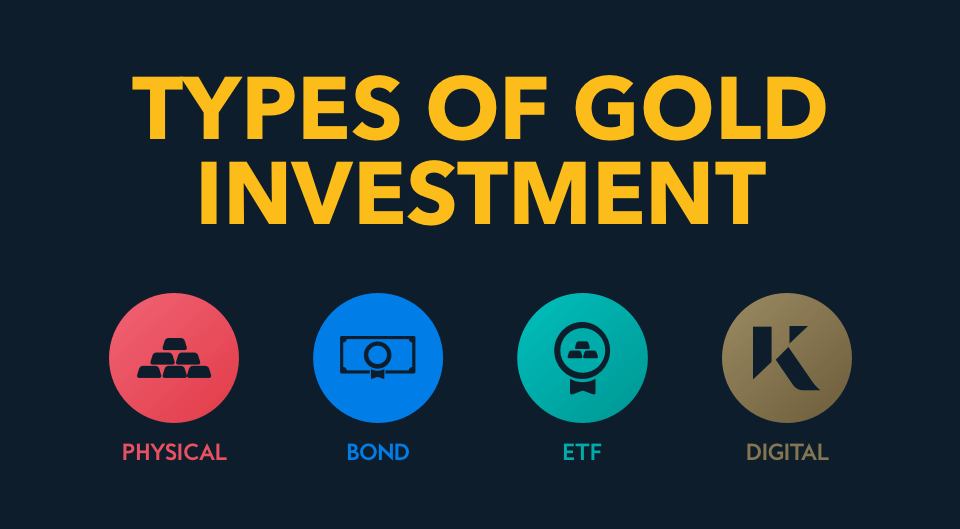
What are the different types of gold investment?
Nowadays, you can buy gold in many different forms. These range from physical coins and bullion to exchange-traded funds, derivatives and digital gold. Knowing which type of gold is right for your investment portfolio is key. Different products can be used to achieve different investment objectives.
Physical gold: coins and bars
Gold bullion refers to any form of pure (or nearly pure) gold that has been analysed and certified for its purity and quantity. While large bars may be impressive, their size (up to 400 troy ounces) makes them illiquid assets, and therefore costly to store.
Small bars and coins have accounted for a large proportion of annual investment gold demand over the past decade. New markets, like China, have also been established, while older markets, like those in Europe, have re-emerged.
If you are interested in buying physical gold, it is important to keep an eye on the spot price as an indicator for when to buy, in addition to prices from reputable dealers.
Often when buying physical gold, investors must consider the insurance and storage costs of the investment. However, there are options, such as Kinesis, that have completely eliminated the need to pay for storage and insurance, making gold investment more accessible.
Gold exchange traded funds (Gold ETFs)
Gold exchange-traded funds enable investors to tap into precious metals investment, without owning the physical asset. Each share of these financial instruments represents a fixed amount of gold, such as one-tenth of an ounce. The funds can also be bought and sold just like stocks using a brokerage account.
Gold ETFs make up a substantial proportion of global gold investments. They are backed by physical bullion and reflect the current price of gold in the market. Due to their facilitation of high liquidity, they are often the cause of great fluctuations in the gold market price, due to the ease at which investors can buy and sell.
Sovereign gold bonds (SGBs)
Less familiar to many investors, sovereign gold bonds are government securities denominated in grams of gold and issued by a reserve bank (such as the Reserve Bank of India) on behalf of the government. They are substitutes for holding physical gold: investors pay the issue price in cash and the bonds will be redeemed in cash on maturity.
Some investors find bonds an attractive option as they offer the possibility to both enjoy capital appreciation and also earn interest every year.
One drawback of investing in gold bonds is that SGBs are issued in different tranches during the financial year, meaning they are not always available to buy. Secondly, they come with specific investment terms (such as eight years), so that early sale is not possible.
Digital gold
Digital gold, underpinned by the technology of blockchain, has enabled gold to become not only a mechanism for investment, but also a global currency.
In comparison to the other investment avenues mentioned above, digital gold may be the most accessible and user-friendly option for investors who want to utilise their gold as a fundamental utility.
With Kinesis, for example, users can buy digital gold that is fully allocated with physical gold bullion, and operate within a system where gold – and silver – can be bought, sold, and traded easily.
On top of this, system users have the ability to earn a usage-based, debt-free yield on their gold investment, whether they spend, trade, or simply hold it within the Kinesis ecosystem. Kinesis secures this yield for investors by giving a proportion of the transaction fees gathered across the entire system, back to investors each month.
Which Investment?
There are numerous ways to invest in gold today. If you would like to add precious metal to your investment portfolio, consider your existing assets and how gold can add value to what you already own.
From there, take time to consider your specific needs and investment goals, in order to select the right type of investment for your needs, whether that be coins, bars, ETFs or digital gold.
This publication is for informational purposes only and is not intended to be a solicitation, offering or recommendation of any security, commodity, derivative, investment management service or advisory service and is not commodity trading advice. This publication does not intend to provide investment, tax or legal advice on either a general or specific basis.

